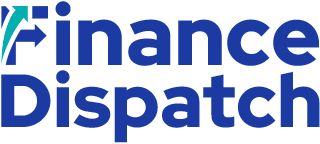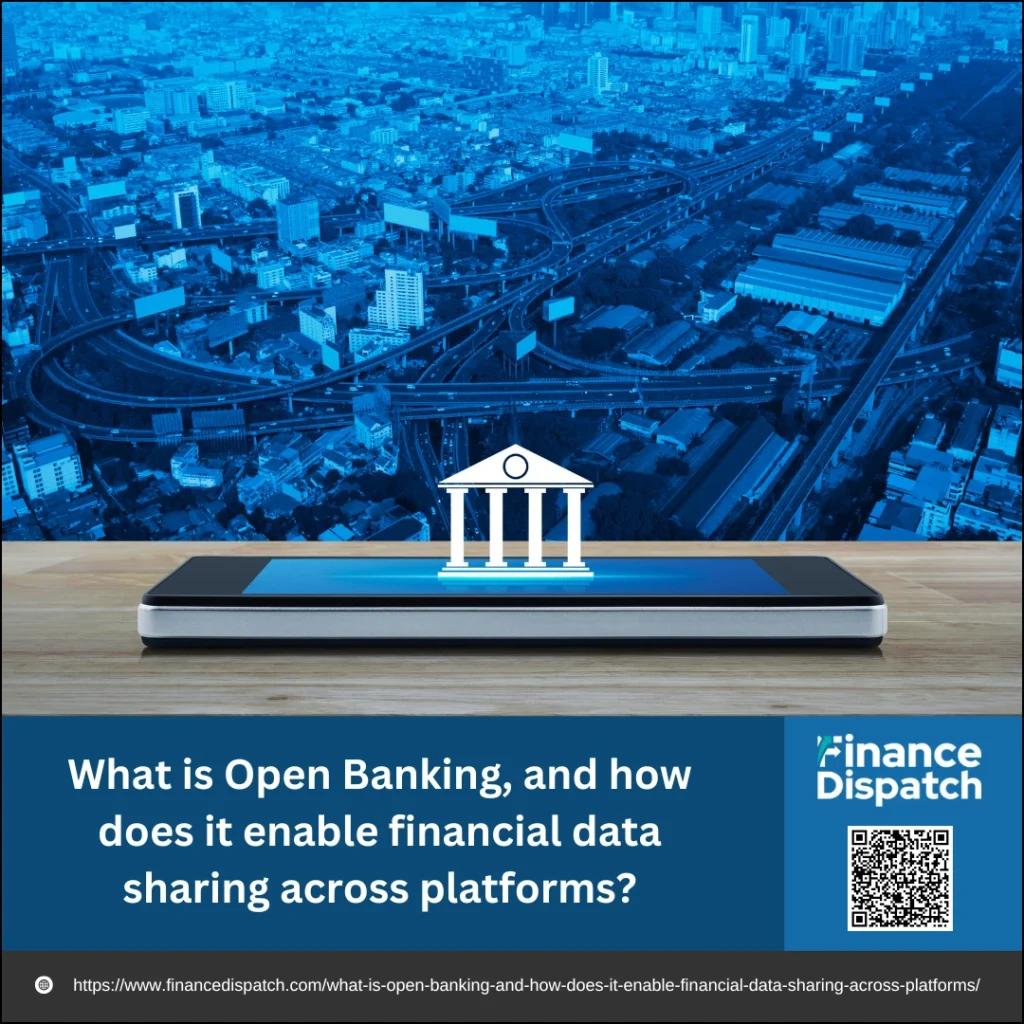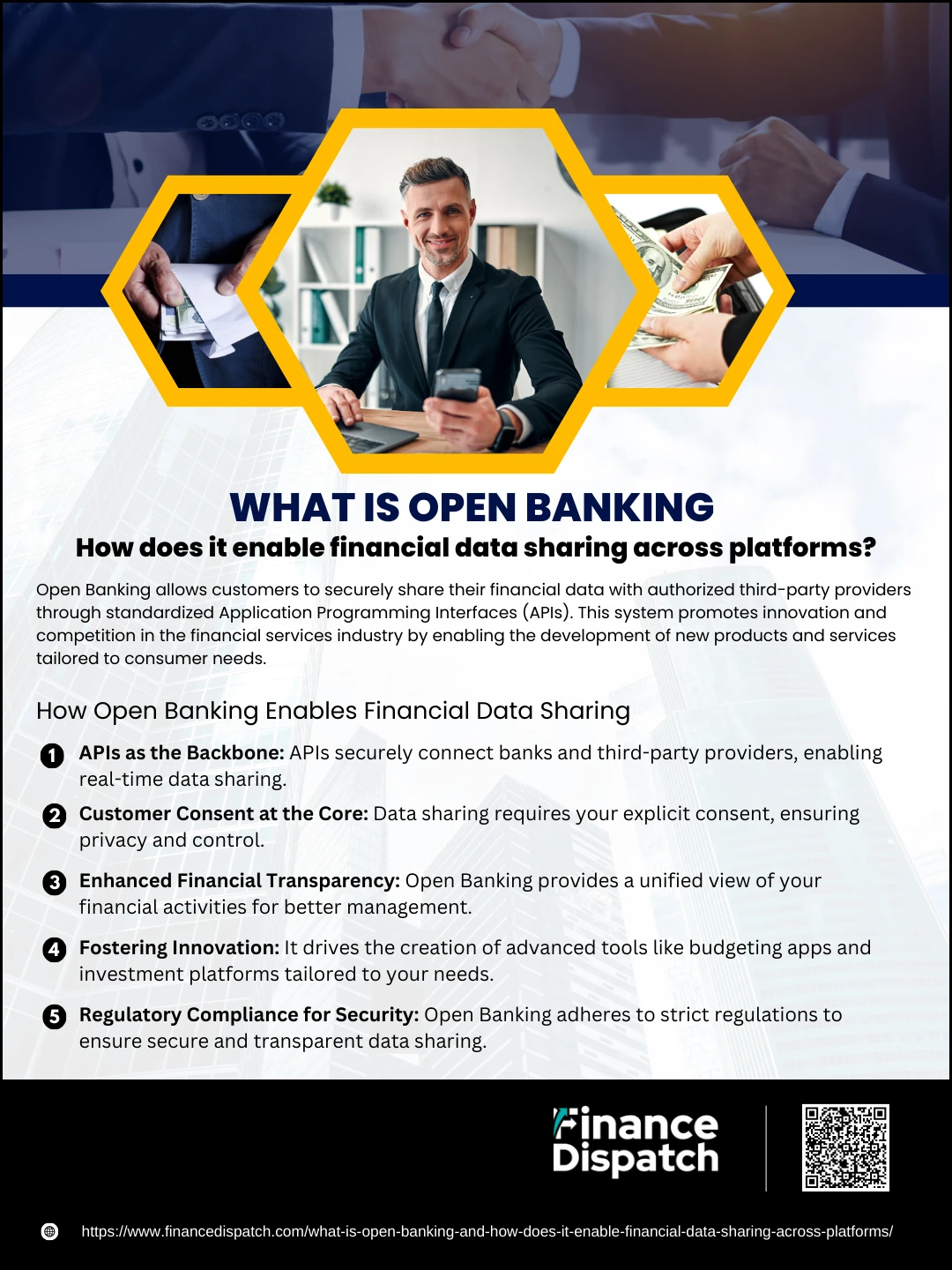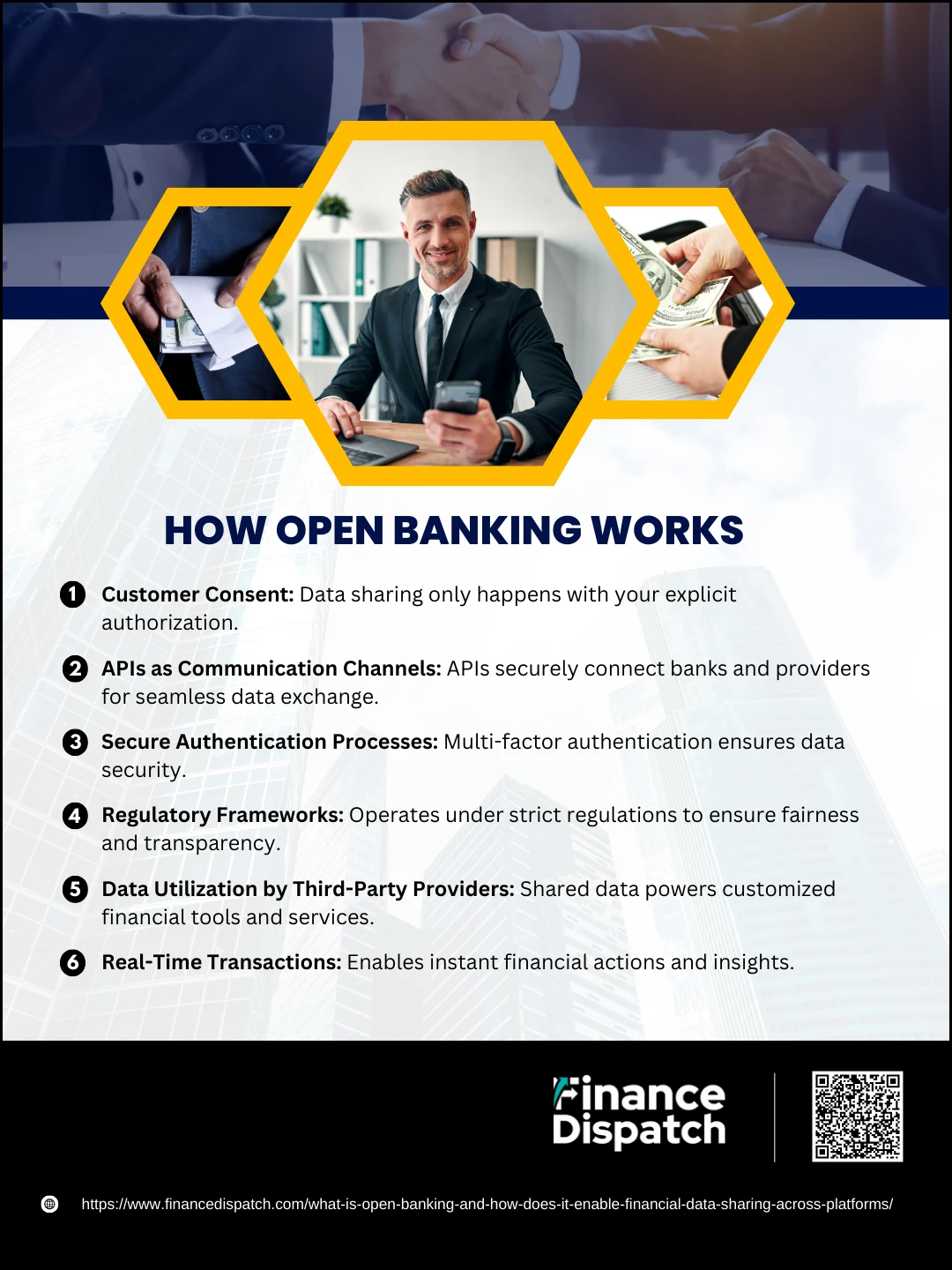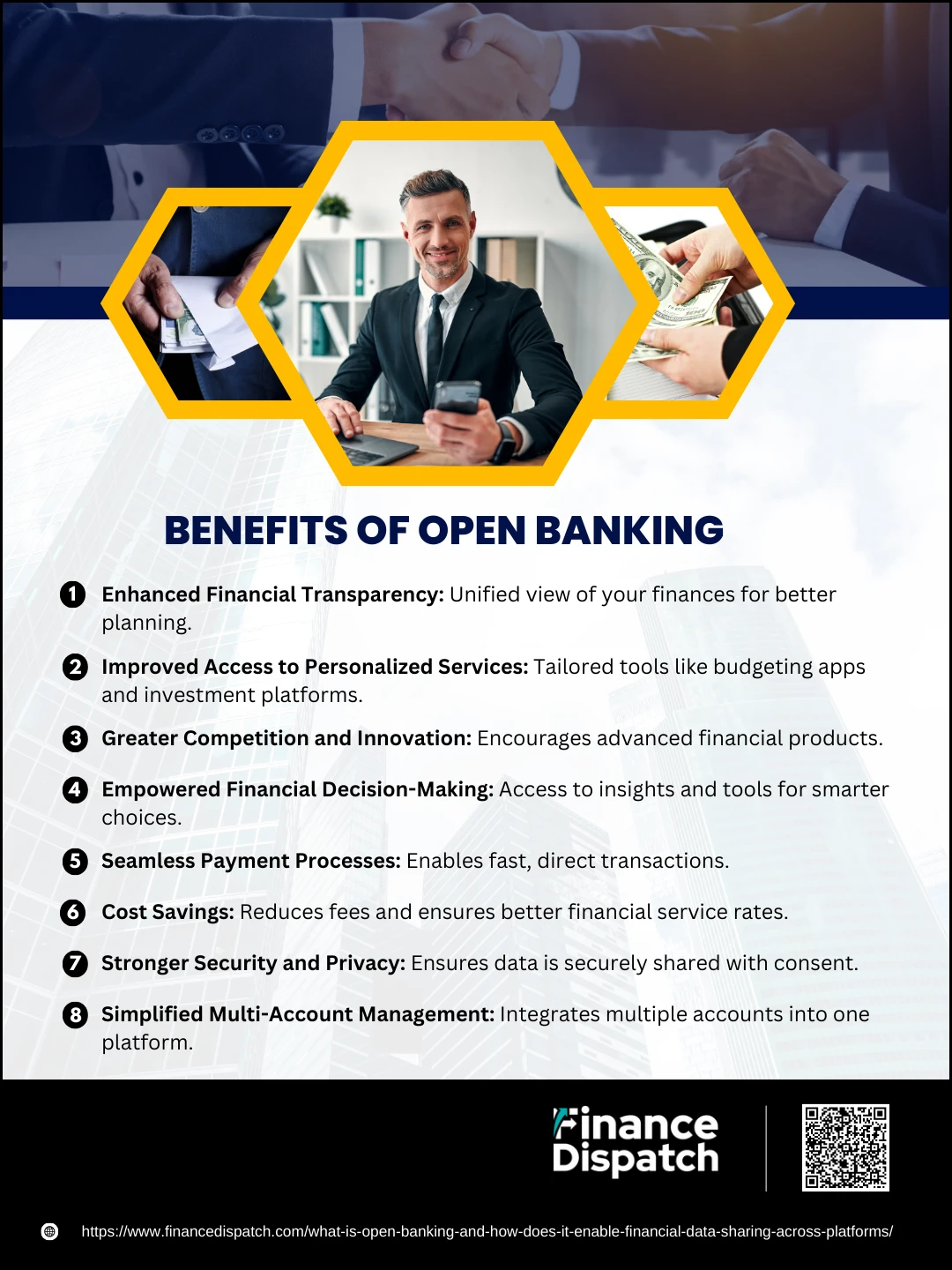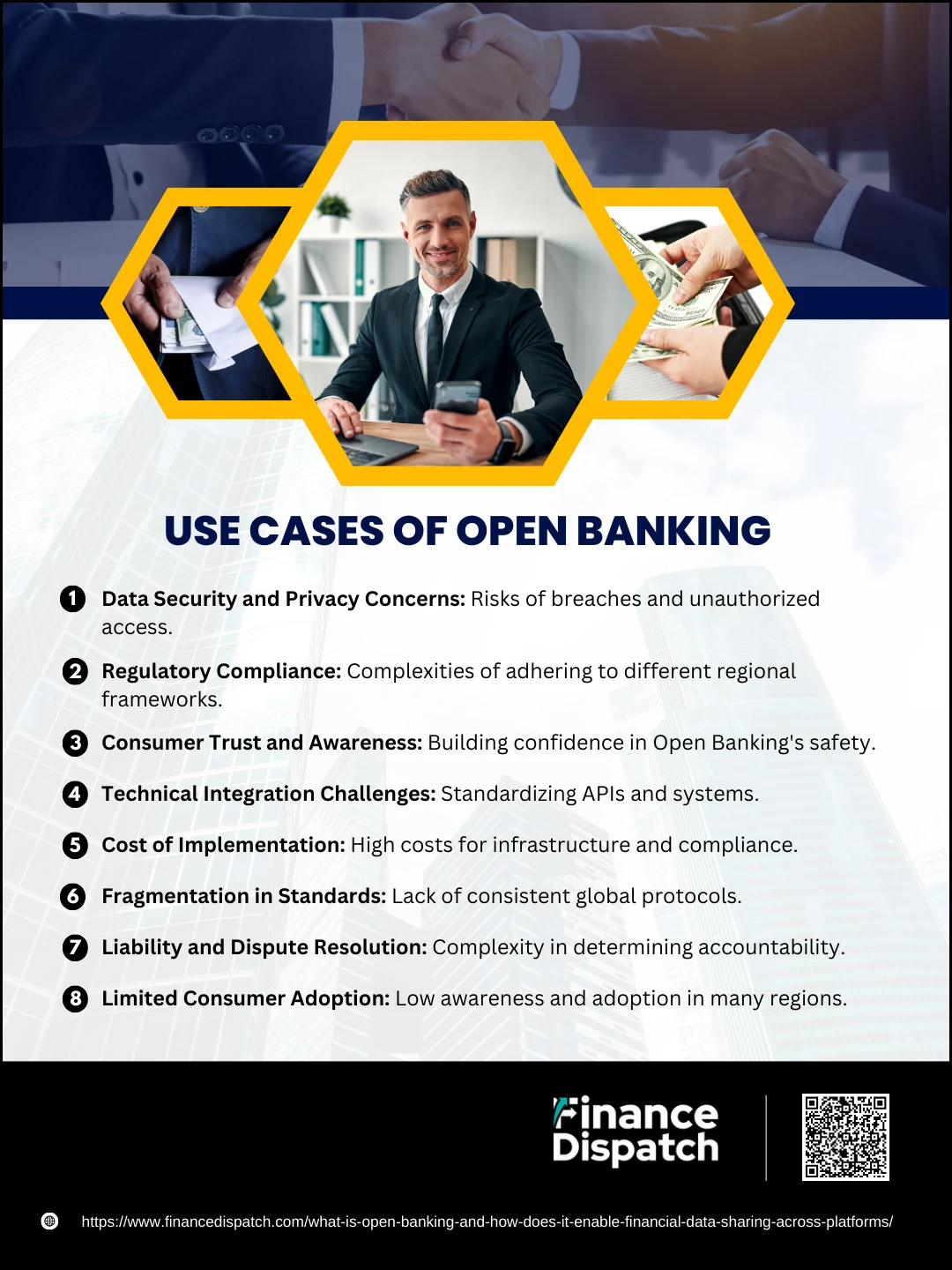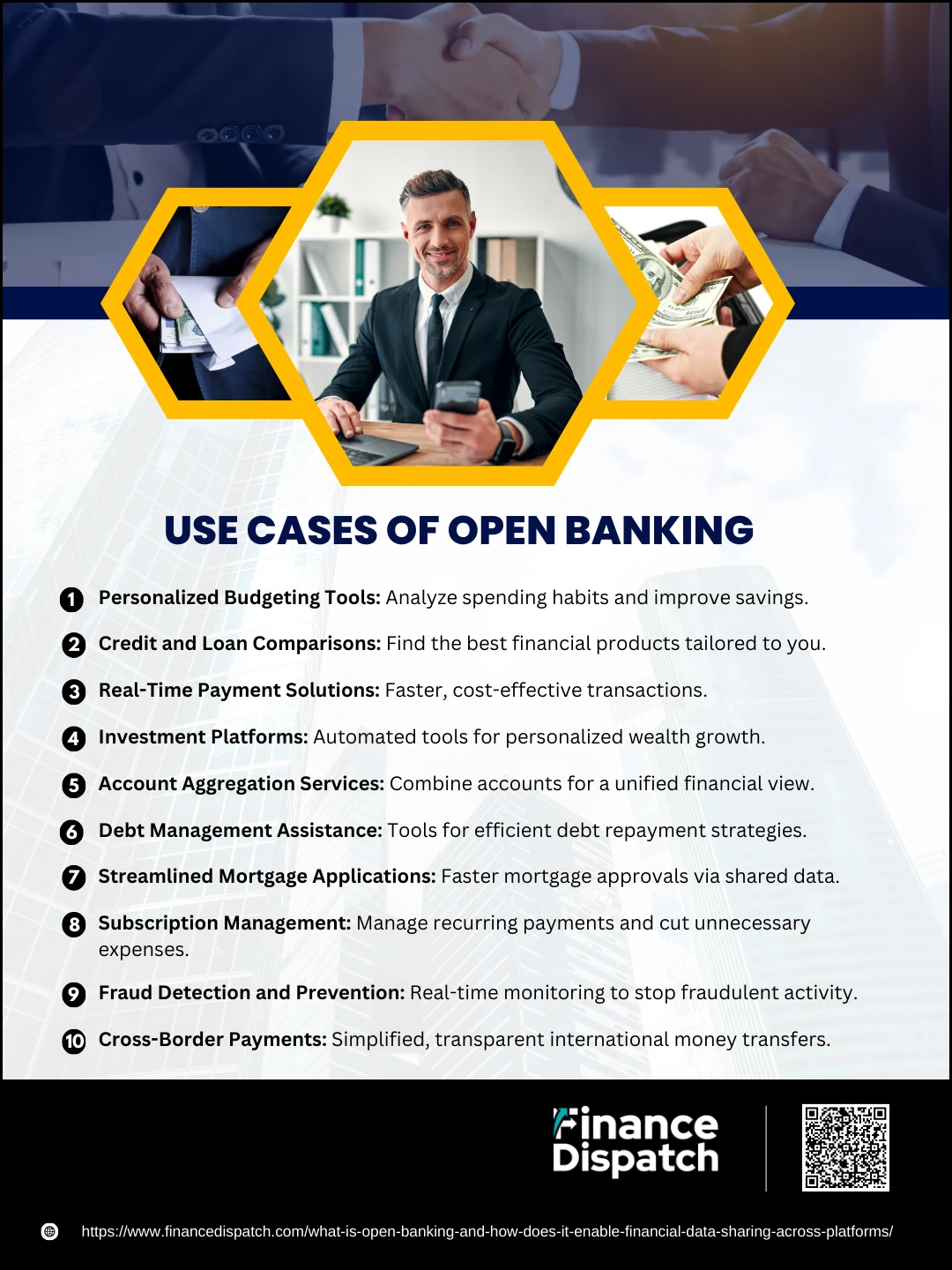Imagine a world where managing your finances becomes seamless, personalized, and more transparent. Open Banking is at the heart of this transformation, revolutionizing how financial institutions interact and share data. It’s a system that allows banks to securely share your financial data with third-party providers, giving you access to innovative services, tailored recommendations, and improved control over your money. By fostering collaboration between traditional banks and fintech companies, Open Banking creates a connected financial ecosystem that benefits everyone. In this article, you’ll explore what Open Banking is, how it works, and the opportunities it unlocks for smarter financial management across platforms.
What is Open Banking?
Open Banking is a financial system that allows banks and financial institutions to share customer data securely with authorized third-party providers through APIs (Application Programming Interfaces). This data-sharing framework is designed to empower you, the consumer, by granting access to a wider range of financial services and tools beyond traditional banking. Open Banking promotes transparency, competition, and innovation in the financial sector, enabling the creation of personalized solutions like budgeting apps, payment platforms, and lending services. By placing you at the center of control over your financial information, Open Banking transforms the way you interact with your money, ensuring greater convenience and efficiency in managing your financial life.
How Open Banking Enables Financial Data Sharing
Open Banking is transforming the financial landscape by enabling secure, regulated, and efficient data sharing between banks, fintech companies, and other third-party providers. By leveraging APIs and adhering to stringent security protocols, Open Banking fosters collaboration, innovation, and transparency, giving you more control over your financial data and access to tailored financial solutions.
1. APIs as the Backbone
APIs (Application Programming Interfaces) are the technological foundation of Open Banking. They act as secure digital bridges that allow banks and third-party providers to exchange information seamlessly. These APIs enable real-time data sharing without compromising privacy or security, ensuring that you can access financial services quickly and efficiently.
2. Customer Consent at the Core
Your consent is a fundamental principle of Open Banking. Before any data is shared, you must explicitly authorize it, ensuring you remain in full control of your financial information. This consent-driven approach protects your privacy and allows you to decide who can access your data and for what purpose.
3. Enhanced Financial Transparency
One of the key benefits of Open Banking is its ability to provide a consolidated view of your financial activities. By connecting your accounts from different banks and services into one platform, you gain a clearer picture of your spending, saving, and budgeting habits, making it easier to manage your finances effectively.
4. Fostering Innovation
Open Banking fuels innovation by encouraging fintech companies to develop a wide range of financial tools and applications. These include budgeting apps, credit score trackers, investment platforms, and personalized financial planning tools. By leveraging shared data, these services can better cater to your unique financial needs.
5. Regulatory Compliance for Security
Open Banking operates under strict regulatory frameworks, such as the Payment Services Directive 2 (PSD2) in the EU. These regulations ensure that data sharing is conducted in a secure and transparent manner, protecting you from fraud and unauthorized access. Compliance measures include robust encryption protocols and regular audits, guaranteeing that your information remains safe.
How Open Banking Works
Open Banking is a transformative framework designed to enhance your financial experience by securely sharing data between banks and third-party providers. Through the use of APIs, Open Banking ensures that your financial information is accessed only when you grant permission, providing you with greater control and access to innovative financial solutions. This system operates under strict regulations to ensure transparency, security, and fairness, making it a cornerstone of modern financial innovation.
Key Components of How Open Banking Works:
- Customer Consent
At the heart of Open Banking is your consent. Data sharing only occurs when you explicitly authorize it, ensuring that you maintain control over who accesses your financial information and for what purpose. - APIs as Communication Channels
Application Programming Interfaces (APIs) form the backbone of Open Banking. These standardized digital tools enable banks and third-party providers to exchange data seamlessly. APIs ensure fast, reliable, and secure communication without exposing sensitive information. - Secure Authentication Processes
Open Banking prioritizes your security. Robust measures, such as multi-factor authentication and encrypted data transfers, are in place to safeguard your accounts from unauthorized access during data sharing. - Regulatory Frameworks
The system operates within strict legal frameworks, such as PSD2 in the European Union or similar policies worldwide. These regulations mandate transparency, data security, and consumer protection, ensuring a fair and trustworthy system. - Data Utilization by Third-Party Providers
Authorized third-party providers use your shared data to design customized financial tools and services. Examples include budgeting apps that analyze your spending patterns, loan comparison tools that find the best deals, and investment platforms tailored to your financial goals. - Real-Time Transactions
One of the most powerful aspects of Open Banking is real-time access to data. This enables instant actions like initiating payments, syncing multiple accounts, or receiving immediate insights into your financial activities.
Benefits of Open Banking
Open Banking has transformed the financial industry by placing you at the center of your financial data and providing access to innovative tools and services. It allows for secure data sharing between banks and authorized third-party providers, creating a more dynamic and personalized financial experience. By fostering competition and innovation, Open Banking equips you with greater control, better choices, and enhanced convenience in managing your financial life.
Top Benefits of Open Banking:
1. Enhanced Financial Transparency
Open Banking unifies your financial data across multiple accounts and platforms, presenting it in a way that’s easy to understand. This holistic view empowers you to track your income, expenses, and savings efficiently, enabling better financial planning and budgeting.
2. Improved Access to Personalized Services
Sharing your financial data with authorized providers unlocks access to tailored services such as budgeting tools, investment platforms, and customized loan options. These services are designed to fit your unique financial situation, helping you achieve your goals with precision.
3. Greater Competition and Innovation
By opening the financial ecosystem to fintech companies and new entrants, Open Banking stimulates competition. This environment encourages the creation of advanced financial tools and services, giving you more options and driving the overall improvement of the industry.
4. Empowered Financial Decision-Making
With detailed insights into your financial habits and access to intelligent tools, Open Banking helps you make well-informed decisions. Whether it’s identifying unnecessary spending, choosing the best savings account, or optimizing your investments, you have the data and tools to make smarter choices.
5. Seamless Payment Processes
Open Banking simplifies payment processes by enabling real-time, direct transactions without relying on traditional methods like debit or credit cards. This not only saves time but also reduces transaction fees in some cases.
6. Cost Savings
Increased competition among providers often leads to reduced costs for financial services, such as lower interest rates on loans or minimal fees for account management and transfers. This ensures you get better value for your money.
7. Stronger Security and Privacy
Operating under strict regulatory frameworks, Open Banking ensures that your data is shared only with your consent and handled securely. Advanced encryption and authentication protocols protect your information, giving you peace of mind.
8. Simplified Multi-Account Management
Open Banking platforms allow you to integrate accounts from different banks into a single interface. This means you can monitor and manage all your financial activities in one place, saving you time and effort.
Challenges in Open Banking Implementation
While Open Banking promises innovation and improved financial experiences, its implementation comes with significant challenges. From regulatory hurdles to technical complexities, financial institutions and third-party providers must navigate a range of issues to create a secure and efficient Open Banking ecosystem. Understanding these challenges helps highlight the efforts needed to make Open Banking successful and beneficial for all stakeholders.
Key Challenges in Open Banking Implementation:
- Data Security and Privacy Concerns
Sharing sensitive financial information across platforms raises concerns about data breaches and unauthorized access. Ensuring robust security measures while maintaining compliance with privacy laws is a critical challenge. - Regulatory Compliance
Different regions have varying regulatory frameworks, such as PSD2 in the EU or equivalents elsewhere. Adapting to these regulations and ensuring compliance across jurisdictions can be complex and time-consuming. - Consumer Trust and Awareness
Many consumers are unaware of Open Banking or are hesitant to share their financial data due to trust issues. Educating users and building confidence in the security and benefits of Open Banking is a major hurdle. - Technical Integration Challenges
Implementing and standardizing APIs across different financial institutions and third-party providers can be technically demanding. Ensuring interoperability and seamless integration requires significant effort and coordination. - Cost of Implementation
Developing the infrastructure for Open Banking, including building APIs and meeting regulatory requirements, involves high costs. Smaller financial institutions may struggle to keep up with these financial demands. - Fragmentation in Standards
Inconsistent standards for APIs and data-sharing protocols across regions and institutions create inefficiencies and hinder global adoption of Open Banking. - Liability and Dispute Resolution
Determining liability in cases of fraud or errors during data sharing can be complex, especially with multiple entities involved in the ecosystem. - Limited Consumer Adoption
Despite the potential benefits, consumer adoption of Open Banking services remains low in many regions. This slows down the overall impact and success of Open Banking initiatives.
Use Cases of Open Banking
Open Banking has revolutionized the financial sector by enabling secure data sharing between banks and authorized third-party providers. This connectivity fosters innovation, offering a wide array of services that make managing finances simpler and more efficient. Below are detailed descriptions of the most impactful use cases of Open Banking:
1. Personalized Budgeting Tools
Open Banking enables applications to access and analyze your spending habits across multiple accounts. These tools provide you with real-time insights into your expenses, categorize your transactions, and offer personalized advice to improve your savings. This makes managing your budget intuitive and effective.
2. Credit and Loan Comparisons
With Open Banking, financial platforms can access your credit history and financial data (with your consent) to present tailored credit card and loan options. This ensures you get the best interest rates and terms based on your financial profile, saving you time and money.
3. Real-Time Payment Solutions
Traditional payment methods can be slow and costly due to intermediaries. Open Banking introduces direct payment options that connect your bank account to merchants, allowing for faster and cheaper transactions. It’s ideal for e-commerce or bill payments.
4. Investment Platforms
Open Banking powers smart investment tools that evaluate your income, savings, and risk appetite to recommend personalized investment opportunities. These platforms automate the process of growing your wealth while aligning with your financial goals.
5. Account Aggregation Services
Managing finances across multiple accounts can be daunting. Open Banking solves this by aggregating all your accounts into one platform. This single dashboard provides a holistic view of your financial activities, making money management seamless.
6. Debt Management Assistance
For those struggling with debt, Open Banking tools can analyze your financial obligations and suggest strategies for repayment. These platforms consolidate debts, recommend repayment schedules, and alert you to potential savings.
7. Streamlined Mortgage Applications
Applying for a mortgage often requires extensive paperwork and long approval times. Open Banking simplifies this process by allowing lenders to instantly assess your financial data, expediting approvals and offering transparency throughout.
8. Subscription Management
Open Banking-powered services track recurring payments such as streaming subscriptions or gym memberships. These tools identify unused services, notify you of upcoming charges, and even help cancel or renegotiate subscriptions to reduce expenses.
9. Fraud Detection and Prevention
Real-time data sharing through Open Banking allows for advanced fraud monitoring. By analyzing patterns and detecting anomalies, these systems can alert you to potential fraud and stop unauthorized transactions before they escalate.
10. Cross-Border Payments
Sending money internationally can be costly and opaque. Open Banking platforms offer transparent exchange rates and reduced fees, making cross-border payments faster, cheaper, and more reliable for individuals and businesses alike.
Global Adoption of Open Banking
Open Banking has gained traction worldwide, with varying levels of implementation and adoption across regions. While some countries have established comprehensive regulatory frameworks to drive innovation and competition, others are still exploring its potential. This global movement demonstrates the diverse approaches and challenges in enabling secure financial data sharing. Below is a table summarizing Open Banking’s adoption in key regions:
| Region/Country | Adoption Stage | Key Features | Regulatory Framework |
| European Union | Mature | Wide-scale adoption with standardized APIs for data sharing. | PSD2 (Revised Payment Services Directive) |
| United Kingdom | Leader | One of the pioneers with well-defined API standards and strong fintech ecosystem. | Open Banking Implementation Entity (OBIE) |
| United States | Developing | Market-driven approach with growing third-party provider participation. | No federal mandate, but sector-driven. |
| Australia | Advanced | Consumer Data Right (CDR) enabling data sharing beyond banking. | CDR Framework |
| Singapore | Growing | Proactive government support and strong focus on financial innovation. | Monetary Authority of Singapore (MAS) |
| India | Early Adoption | Expanding adoption with Unified Payments Interface (UPI) integration. | RBI-regulated initiatives |
| Canada | In Progress | Exploring frameworks; pilot programs initiated. | Advisory committee recommendations |
| Brazil | Expanding | Mandatory participation for major banks, enabling data and payment sharing. | Central Bank of Brazil Regulations |
| South Africa | Nascent | Industry-led efforts to establish Open Banking practices. | No formal framework yet |
| China | Market-Led | Focused on payments and fintech innovation rather than Open Banking regulations. | No unified regulatory approach |
Future of Open Banking
The future of Open Banking holds immense potential to reshape the financial industry, making it more inclusive, innovative, and customer-centric. As technology advances, Open Banking is expected to integrate with emerging technologies like artificial intelligence, blockchain, and machine learning, enabling even more personalized and secure financial services. Global standardization of APIs and regulatory frameworks may further streamline adoption, enhancing interoperability across regions. Additionally, Open Banking’s scope is likely to expand beyond banking, encompassing sectors like insurance, utilities, and retail, creating a unified ecosystem for data-driven services. This evolution will empower you with greater control over your financial and personal data, fostering a more transparent and competitive financial landscape.
Conclusion
Open Banking is more than just a technological shift; it is a transformative movement that puts you at the center of your financial world. By enabling secure and transparent data sharing, Open Banking fosters innovation, enhances competition, and offers you personalized financial solutions. Despite challenges in implementation and adoption, its potential to revolutionize the financial ecosystem is undeniable. As Open Banking continues to evolve, it promises a future where managing finances is simpler, smarter, and more efficient, empowering you to make informed decisions and achieve your financial goals.
